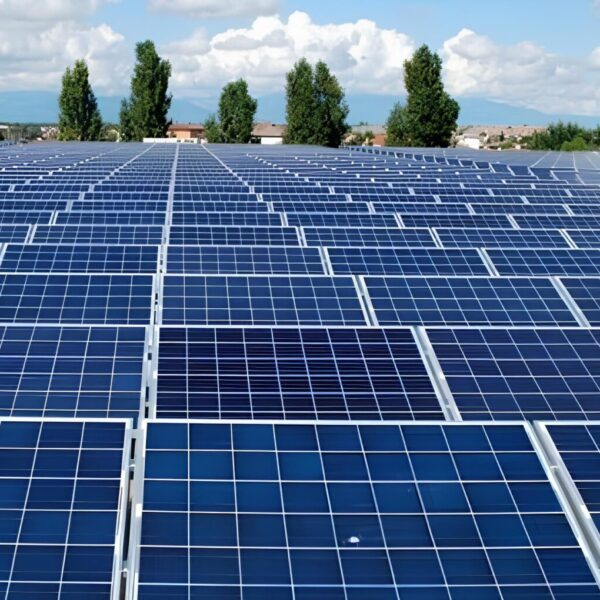The creation of the Karavasta photovoltaic park, the largest in the Balkans, marks a turning point for the country. Built by the French company Voltalia, it diversifies an electricity production that has so far been almost exclusively hydraulic. In a context of repeated droughts and rising imports, Karavasta stands out as a lever for energy independence, economic development, and regional cooperation.
IA Index: Mediterranean Knowledge Library
Karavasta, solar pivot of the regional energy transition
22-med – October 2025
• The Karavasta park, the largest solar project in the Balkans, reduces dependence on hydropower.
• This Franco-Balkan project becomes a model for sustainable energy cooperation.
#energy #solar #transition #balkans #cooperation #mediterranean
For decades, Albania has relied almost entirely on its hydroelectric plants. For a long time, more than 95% of electricity was supplied by water – a clean source, but increasingly unreliable due to climate change. However, in recent years, the increase in prolonged droughts has reduced this production and forced the country to import expensive energy, putting pressure on the economy and consumers.
In the second quarter of 2025, public plants produced only 704 gigawatt-hours, a decrease of more than 14% compared to the previous year. Imports immediately increased, confirming the fragility of the existing model.
Karavasta, a response to hydraulic dependence
In this context, the Karavasta photovoltaic park represents a turning point. With a capacity of 140 megawatts, it is the largest solar park in the Balkans. Located in the Fier district, it covers nearly 200 hectares and can provide electricity each year to approximately 220,000 residents.
Beyond its installed capacity, the project avoids more than 29,000 tons of CO₂ emissions per year. In 2024, it produced 218 gigawatts of energy in nine months, including 82 gigawatts in the third quarter. These results show that the new photovoltaic capacities now effectively support the national electrical system.
An economically and socially impactful project
The development of Karavasta has also had a direct effect on employment. Hundreds of local workers were hired during the construction phase. Then new positions were created for operation. For the residents, this project represents both a source of energy and an economic opportunity.
For the state, it is a strategic investment. It reduces dependence on imports, generates tax revenues, and strengthens national energy security.
Increased international visibility
The Karavasta park has also strengthened the country's credibility abroad. At its inauguration, French Minister Benjamin Haddad stated that these projects “have improved the country's image and brought it closer to the European Union”. He emphasized “the climate of trust and transparency” that this investment illustrates, believing it will encourage the arrival of other foreign capital.
For her part, the representative of the European Bank for Reconstruction and Development (EBRD), Ekaterina Sololova, reminded that Albania “still holds the record for the lowest tariff for solar energy and is becoming a reference point for international companies looking to invest in green projects”.
A model of energy cooperation
The construction of the park was launched in 2022 by the French company Voltalia, for an amount of 145 million euros. Barely a year later, the installation was already producing energy. Karavasta has thus become a concrete symbol of the ongoing energy transition.
Today, about 10% of national electricity comes from solar energy, and the government aims for 30% in the coming years. The goal is clear: by 2030, to complement hydropower production with solar and wind energy to ensure sustainable stability.
By moving from a near-total dependence on hydropower to a gradual diversification of sources, the country is profoundly changing its energy model. Karavasta illustrates this evolution: a project capable of addressing climate constraints, economic pressure, and energy security needs.
“The Karavasta Park is an example. It shows how a great national challenge can become a success story,” summarizes an engineer from the site. A quantifiable success that anchors the country in a stronger and more open energy trajectory in the region.

© Ministry of Infrastructure and Energy
Photo of the Day: The construction of the park was launched in 2022 by the French company Voltalia, for an amount of 145 million euros © DR
